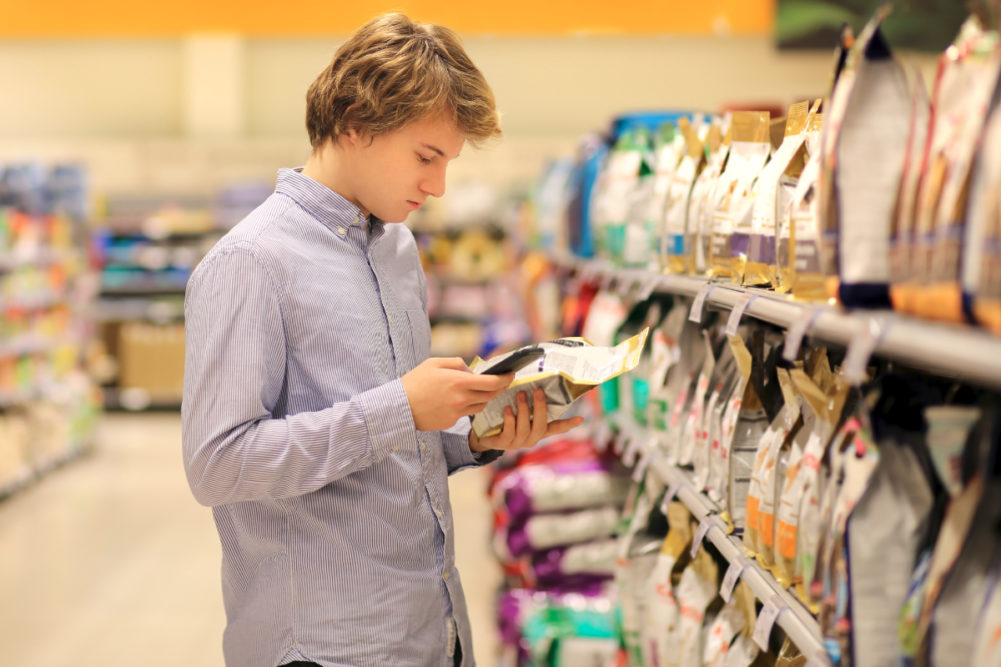CHICAGO — Millennials and Generation Z are influencing the ever-evolving clean label category, and they might be willing to consider biotechnology/genetic modification as part of the category, said Nicole Rees, product director of AB Mauri North America, an AB Mauri business.
“They are open,” she said in a March 3 presentation at the American Society of Baking’s BakingTech in Chicago. “Why? Because it might be more sustainable. It might be a better way to do something, and it’s up to us (in the food industry) to tell the story and bring people along with us.”
A 2019 study from Ketchum, a consultancy company, asked people whether they would be willing to try food produced through new technology. Generation Z was the most willing as 77% said they would try the food. Millennials followed at 67%, and 58% of both Generation X and baby boomers said they would try the food.
The younger generations will pay more for products, but they will demand transparency about the ingredients in the products and how they are processed, Ms. Rees said.
“They are going to ask and push,” she said.
Fermentation could play a role in acceptance of genetically modified organisms (GMOs). The Impossible Whopper, one example, contains plant-based heme made via fermentation of genetically engineered yeast.
“My area is enzyme technology,” Ms. Rees said. “Those are ingredients of fermentation. They are not always going to be considered natural because they go through a GM process sometimes. I think they are natural, but how do I educate my consumers to come with me on the journey?”
Acceptance of new technology could influence the baking industry as well.
“It’s really going to be amazing in bakery because we now have people who are excited to try new technology,” Ms. Rees said.
She also cited an ice cream alternative created through a vegan milk alternative and not a cow. It was invented in Berkeley, Calif.
“Where all those leftist, crazy, organic people are,” Ms. Rees said. “Yeah, those people, they did this.”
Millennials and Generation Z are bringing change to clean label, and change has been constant in the category for a decade. The industry first replaced chemical-sounding ingredients that were hard to pronounce, Ms. Rees said. Examples were sodium stearoyl lactylate (SSL), azodicarbonamide (ADA) and potassium sorbate. Then, she said, clean label 2.0 involved free-from products such as non-GMO and free from artificial flavors, colors and preservatives.
“There’s no constant,” Ms. Rees said. “It’s just a moving target, and every year all of us are struggling just to keep up with it.”





